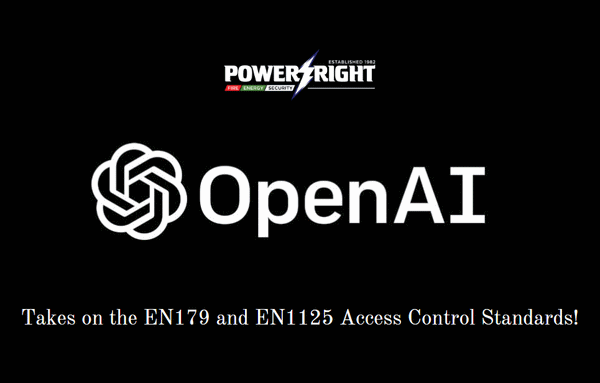
Access control solutions on emergency escape doors play a crucial role in ensuring the safety of building occupants in emergency situations. However, it's important to adhere to the relevant standards to ensure that these devices are designed and installed in a safe and effective manner. In this blog post, we'll explore why it's important to adhere to the EN179 and EN1125 access control standards and the legal implications of non-compliance.
The EN179 and EN1125 access control standards are designed to ensure that emergency escape doors are equipped with safe and effective access control devices. These standards specify safety requirements that devices must meet, such as the amount of force required to operate them, the type of locking mechanism used, and the dimensions of the devices. Adherence to these standards ensures that emergency escape doors can be easily and quickly operated in emergency situations, allowing occupants to evacuate the building safely.
Non-compliance with the EN179 and EN1125 access control standards can have serious legal implications. Building codes and standards typically govern safety requirements for access control systems on emergency escape doors, and these codes are usually enforced by building control authorities or other regulatory bodies. Failure to comply with these standards can lead to legal action, fines, or loss of insurance coverage in the event of an emergency. Building owners or operators could be held liable for any harm caused, which could result in costly legal action, including lawsuits and fines.
The EN179 and EN1125 access control standards differ in the way the devices are operated. EN179 applies to emergency exit devices that are operated by a lever handle, while EN1125 applies to emergency exit devices that are operated by a horizontal push bar. EN179 devices are typically used in buildings where security is the main priority, such as banks or data centers, while EN1125 devices are used in buildings where rapid and safe egress in emergency situations is the main priority, such as schools, hospitals, or public buildings.
In conclusion, it's important to adhere to the EN179 and EN1125 access control standards when installing access control solutions on emergency escape doors. Non-compliance can lead to serious legal and financial consequences, as well as jeopardizing the safety of building occupants. Understanding the differences between these standards can help building owners and operators choose the right access control devices for their building's needs.
As always, it's essential to work with qualified and experienced professionals to ensure that emergency escape doors and access control devices are installed and maintained correctly. This will help to ensure the safety and security of everyone in the building, as well as complying with relevant codes and standards.